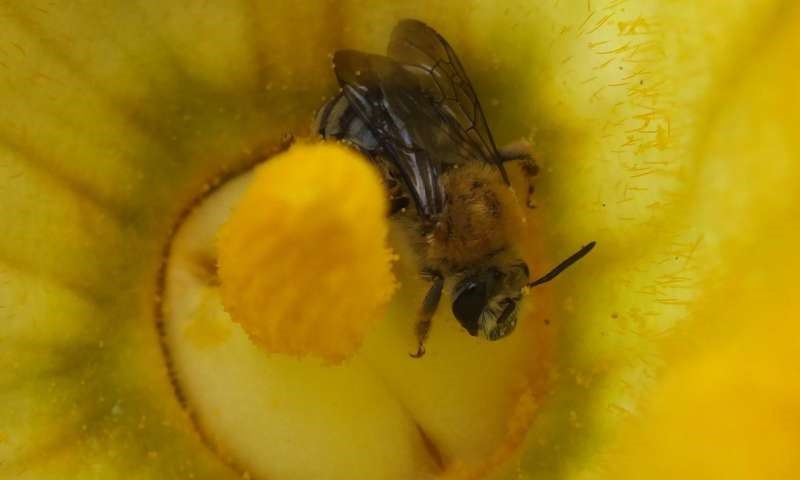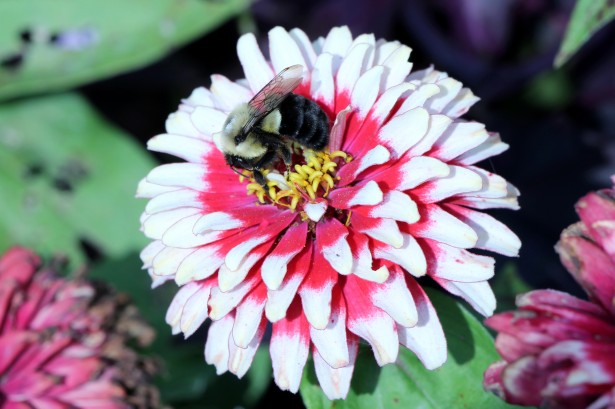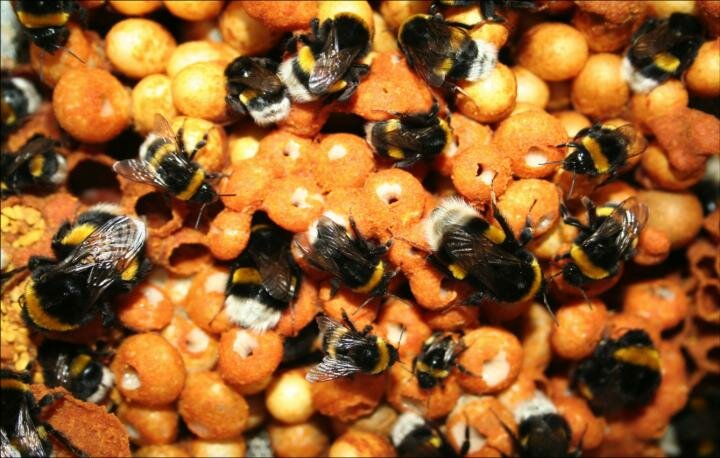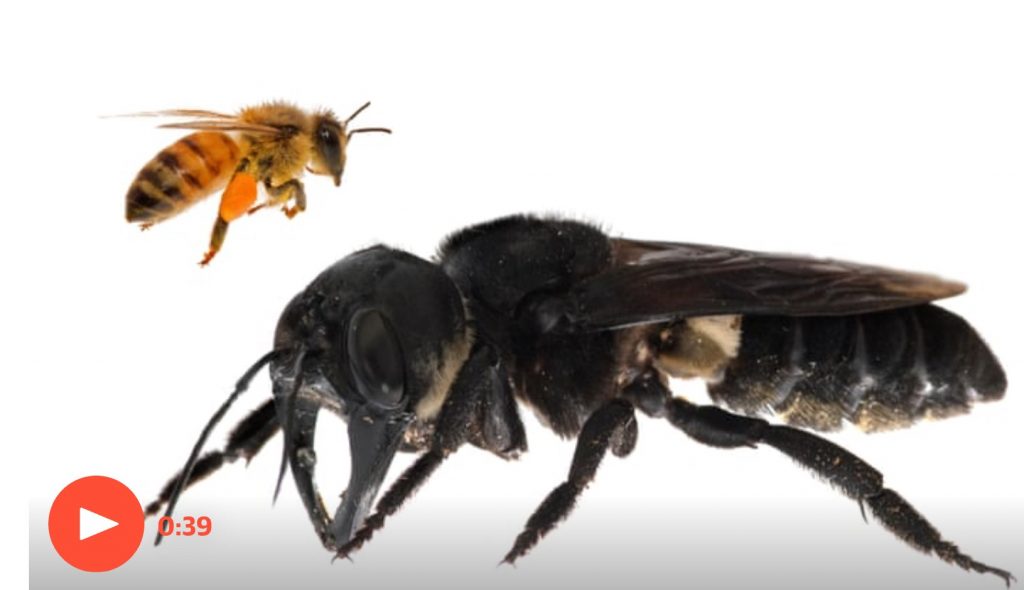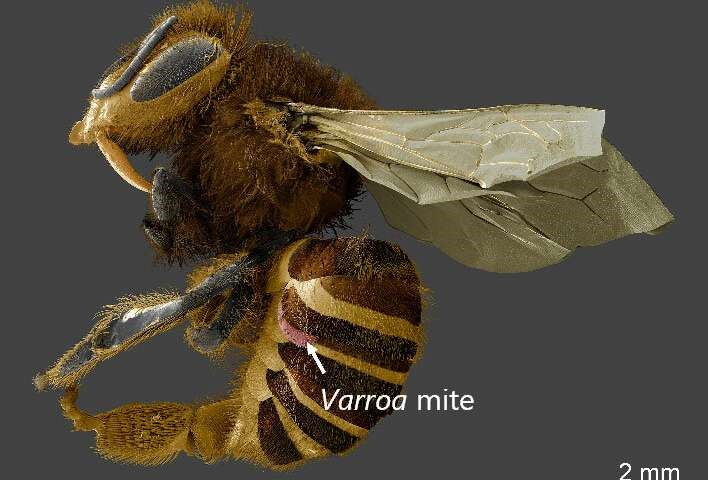Picture: Lactic Acid Bacteria For centuries honey has been used as a folk medicine for the treatment of upper respiratory tract and wound infections, and even in modern hospitals, where honey is used on wound dressings. Many of its antimicrobial characteristics have been recognised but there are still unknown substances that contribute to this activity. […]
The value of Lactic Acid Bacteria in Bees’s stomachs and honey for human medicine

